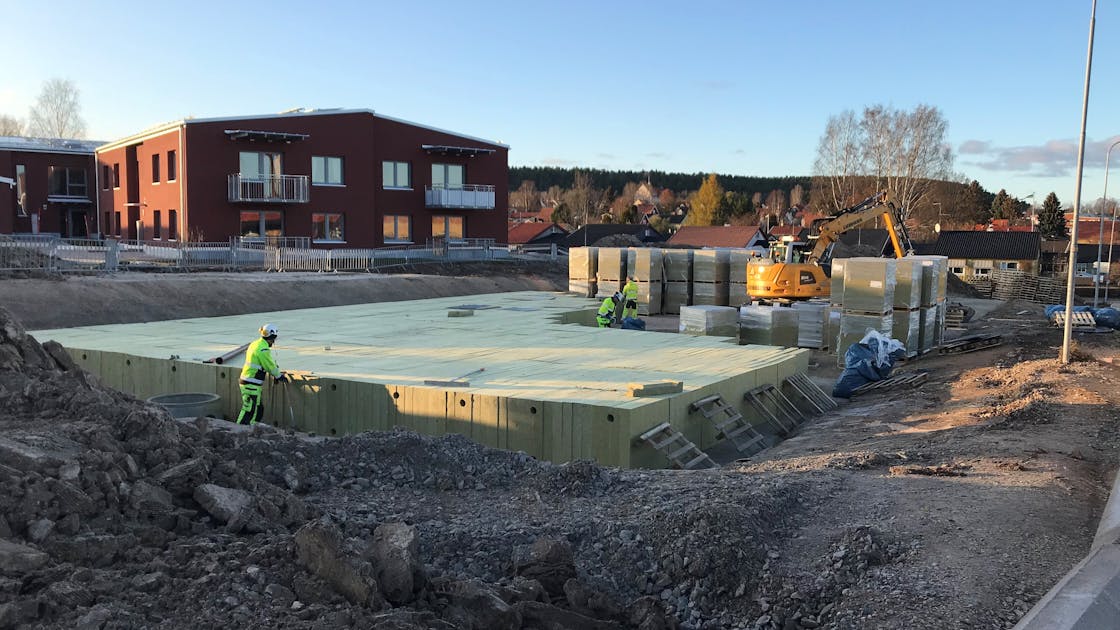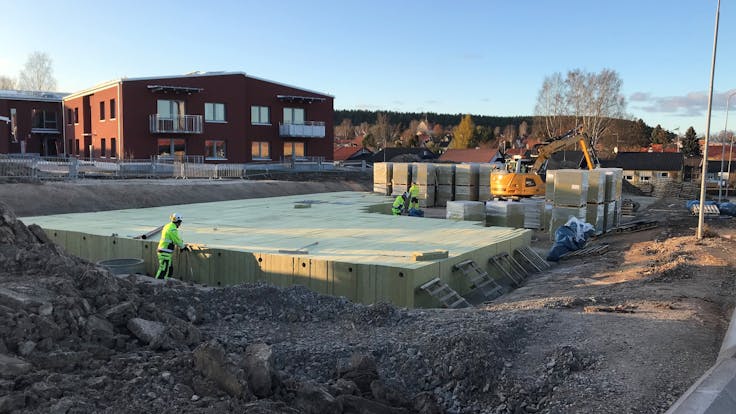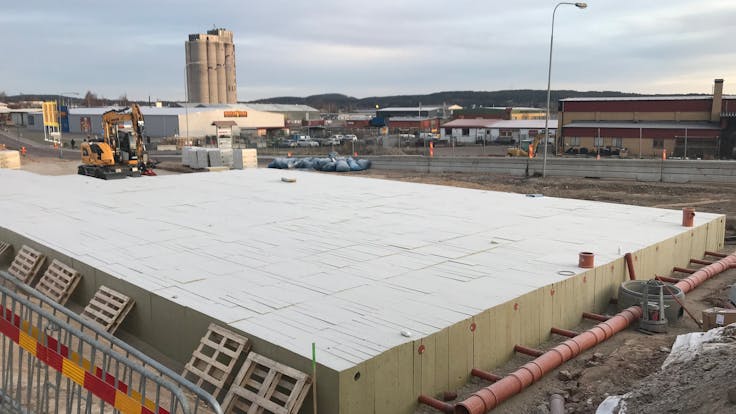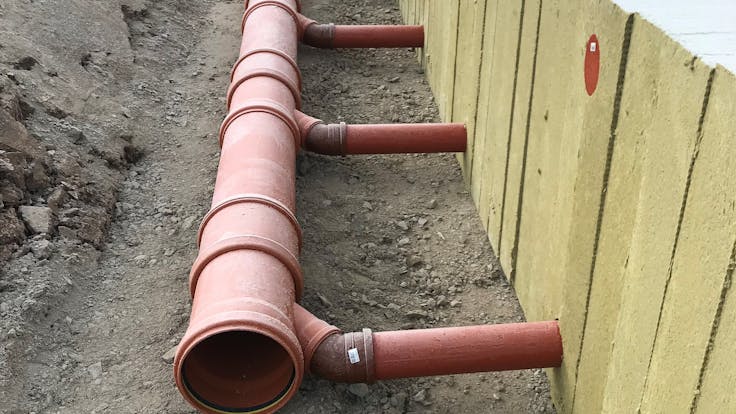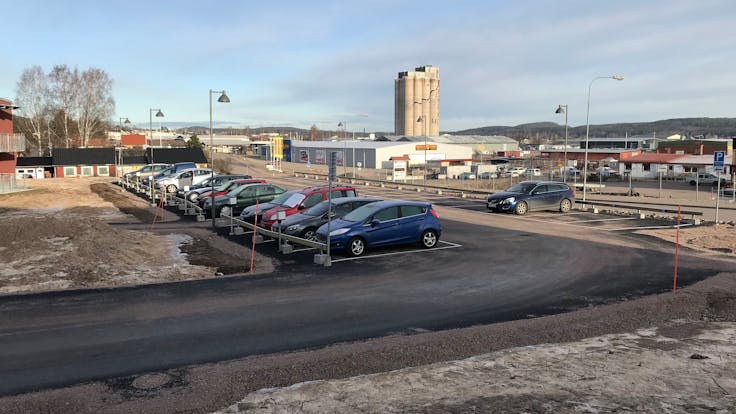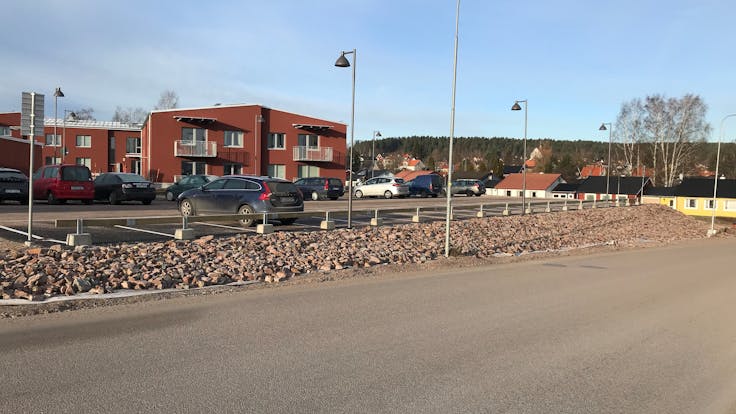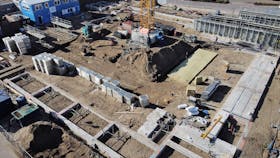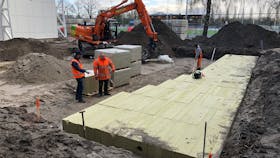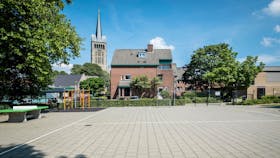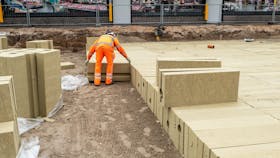Extreme rainfall also falls more and more frequently in Sweden in summer. Hedemora, a town in a hilly landscape where rainwater has always found a natural path, is the first municipality in Sweden where the increasing flooding has been overcome with a Rockflow rainwater buffer.
With the increase in building and surface hardening, the rainwater system with approximately 90 kilometres of pipes has been overloaded more often than not in recent years. Hedemora is located in the valley through which an important traffic route also runs, which cuts through the city. Underground, three sewage pipes come together below an important traffic intersection, ending in one sewage pipe which passes under the road.
Dutchman Michael Heijting, who previously worked as a contractor at Reimer Construction and Infrastructure in Almere (NL) and as a water level manager at the water board in Coevorden (NL), has been “Projektör” at Hedemora Energi for several years and, in that capacity, initiated this innovative project. He brought the Dutch way of thinking that led to a solution for the flooding.
The client was Hedemora Energi, which provides district heating in the area and is also responsible for data cabling, drinking water supply and the sewerage system.
